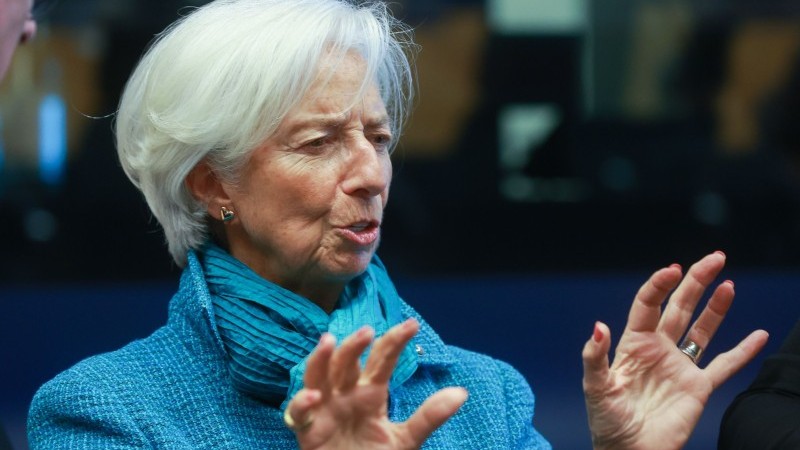Whilst volatility has fallen significantly, we do think the risk is tilted towards lower 2Y rates. First, growth remains weak and survey data such as the ZEW indices expected on Tuesday underline the fragile recovery path of the eurozone. Secondly, lower oil prices add to the disinflationary risks, together with our view that the euro should still strengthen going forward. And if these disinflationary factors are brought about by external factors, like worsening growth numbers for the US and China, then this would also weigh down the eurozone economic outlook.
Lastly, we have plenty of known unknowns – lurking (geo)political risks that have yet to unravel. France is one of them and Trump reminded us again that trade tensions are part of the new global environment. Meanwhile, the conflict with Russia has no end in sight, and Germany’s fiscal plans made a slow start. For now, the impact of these risks is difficult to quantify, but they do lower the bar for the ECB to ease further. If growth doesn’t pick up more materially, the euro strengthens, and oil nudges lower, the case for one or even two rate cuts can be easily made. Not our baseline, but we do believe these factors are enough to prevent markets from pricing out another ECB cut anytime soon.
